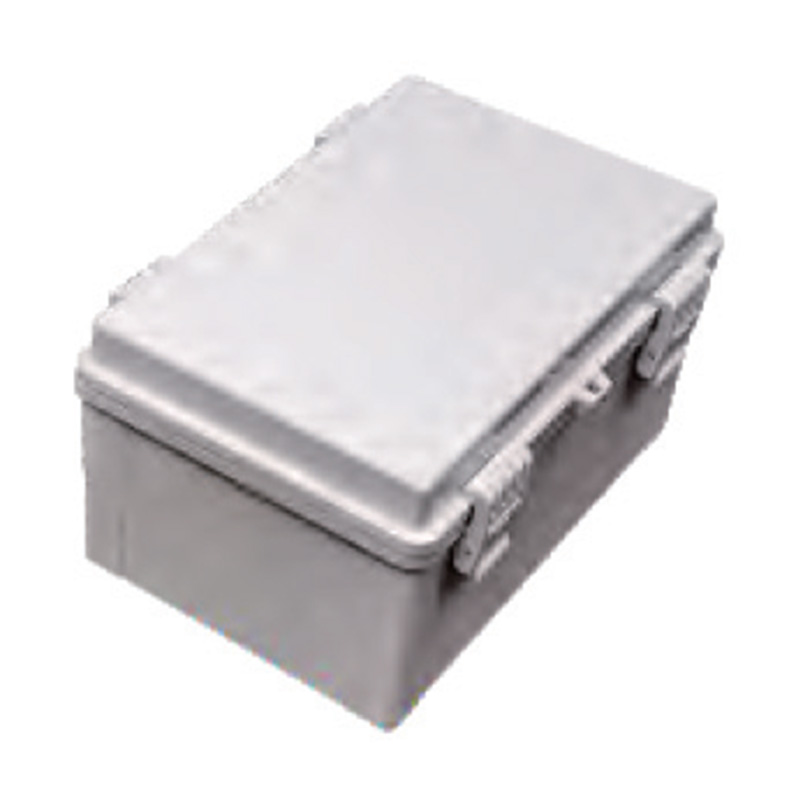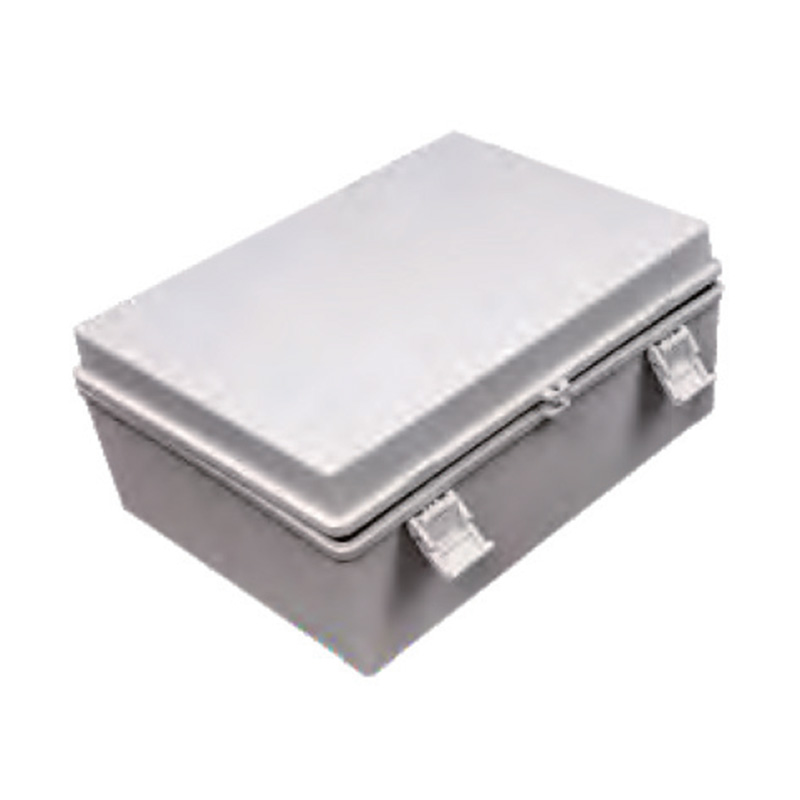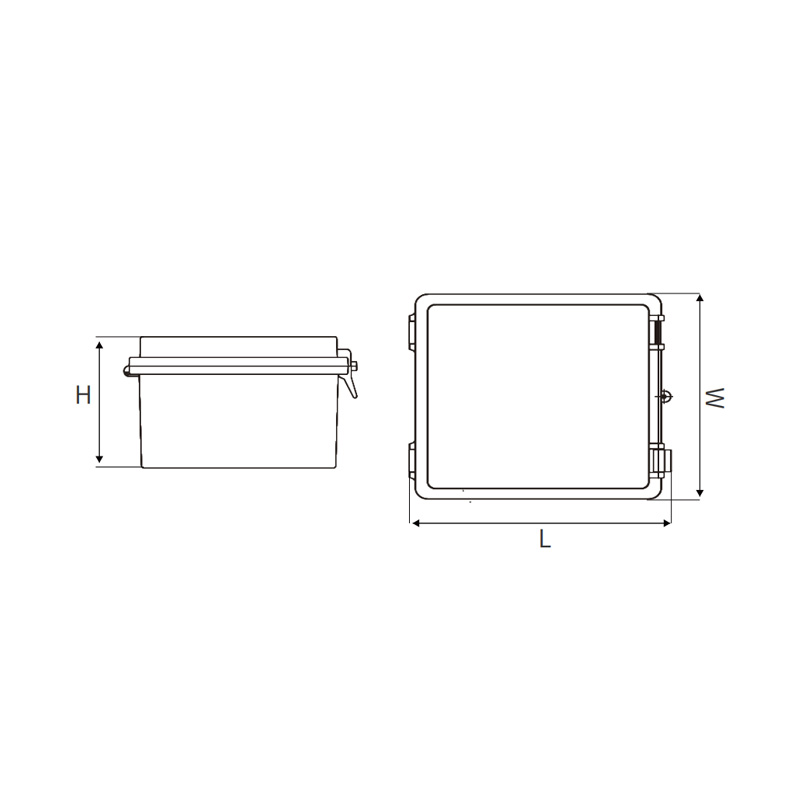Understanding and selecting the correct IP rating is essential when choosing a Waterproof Junction Box or Waterproof Distribution Box. It ensures safety, reliability, and long-term...
READ MORE-
-
Outdoor electrical installations face unique challenges that require specialized components to ensure their reliability and safety. Among the more important components are metal ca...
READ MORE -
Durability is a key factor when designing and maintaining electrical systems. With so many environmental challenges that electrical installations face—such as excessive temperature...
READ MORE -
Safety compliance is not just about adhering to regulations; it’s about protecting people, equipment, and infrastructure from the risks of electrical hazards. Electrical fires, sho...
READ MORE
Industry Knowledge Extension
What is the Installation Process for the CBG Series Stainless Steel Hasp Waterproof Box?
Installing a CBG Series Stainless Steel Hasp Waterproof Box requires careful attention to ensure proper protection of electrical components and long-term durability. The process can be broken down into several steps:
Step 1: Selecting the Installation Location
Choose a location that is easily accessible for maintenance but also protected from direct exposure to harsh environmental factors. Ensure the surface is flat, stable, and can support the weight of the stainless steel box. Avoid areas prone to heavy impact or vibrations.
Step 2: Preparing the Surface and Mounting Holes
Mark the positions for mounting screws using the pre-drilled holes on the back of the box. Drill appropriate holes in the surface according to the box’s size. Stainless steel anchors or screws are recommended to prevent corrosion and maintain the waterproof seal.
Step 3: Installing the Box
Align the box with the drilled holes and secure it tightly using stainless steel screws. Ensure the box sits flush against the surface to prevent water ingress. The hasp should remain aligned and functional for locking purposes.
Step 4: Routing and Securing Cables
Open the box lid and route cables through the designated entry points. Use cable glands or grommets to maintain waterproofing while preventing damage to the cables. Arrange wires neatly to avoid overcrowding, which can overheating or interference.
Step 5: Closing and Locking
Once all cables are in place, close the lid and engage the hasp lock. Ensure the gasket is seated correctly to maintain the IP66/IP67 waterproof rating. Regular inspection of the seal is recommended for long-term performance.
This installation ensures that electrical components remain protected from water, dust, and other environmental factors, making the CBG Series Stainless Steel Hasp Waterproof Box reliable for industrial and outdoor applications.
What Are the Components of an Electrical Junction Box?
Electrical junction boxes serve as protective enclosures for wires and connectors. Understanding their components helps in selecting the right box for specific applications.
Box Enclosure
The main body of the junction box houses all components. It is typically rigid and designed to protect against mechanical damage, moisture, and dust.
Lid or Cover
The removable cover provides access for maintenance while keeping the interior protected. For waterproof boxes, the lid includes a gasket to maintain sealing.
Gasket
The gasket ensures a waterproof and dustproof seal between the lid and the enclosure. Materials such as silicone or rubber are commonly used for flexibility and durability.
Cable Entry Points
Pre-drilled knockouts or threaded openings allow cables to enter the box safely. They are often paired with cable glands to maintain waterproofing.
Mounting Hardware
Screws, brackets, or anchors secure the junction box to walls or surfaces. Stainless steel or corrosion-resistant materials are preferred for outdoor use.
Internal Mounting Rails or Plates
Some junction boxes include internal rails or plates for mounting terminal blocks, relays, or other components neatly and securely.
Accessories
Additional components such as terminal blocks, fuse holders, or DIN rails may be included depending on the box’s application.
By combining these components, an electrical junction box provides a secure, organized, and protected environment for electrical connections, ensuring safe and efficient operation.
What Are the Material Types of an Electrical Connector Box?
Electrical connector boxes are manufactured from various materials, each offering distinct advantages depending on the application.
ABS:
ABS (Acrylonitrile Butadiene Styrene) is lightweight, durable, and impact-resistant. It is ideal for indoor electrical installations where mechanical stress is moderate. ABS boxes provide good insulation properties and are cost-effective for large-scale projects.
PVC:
PVC (Polyvinyl Chloride) is chemically resistant, flame-retardant, and suitable for both indoor and outdoor applications. It provides protection against moisture, making it ideal for damp environments. PVC boxes are also relatively lightweight and easy to install.
Polycarbonate (PC):
PC boxes offer high impact strength and heat resistance. They are suitable for applications requiring transparency or where high mechanical protection is needed. Polycarbonate also has good UV resistance, making it suitable for outdoor installations.
Stainless Steel:
Stainless steel provides corrosion resistance, mechanical strength, and durability. These boxes are used in harsh environments, such as industrial plants or coastal areas. They are ideal for protecting sensitive electrical equipment from water, dust, and physical impact.
Aluminum:
Aluminum boxes are lightweight yet strong and provide good thermal conductivity. They are commonly used in high-voltage installations or where electromagnetic interference shielding is required.


 English
English 中文简体
中文简体 Español
Español عربى
عربى












